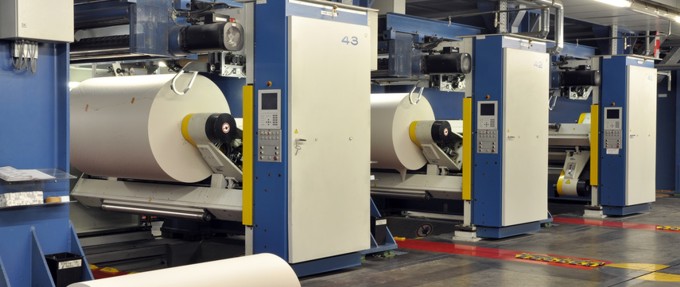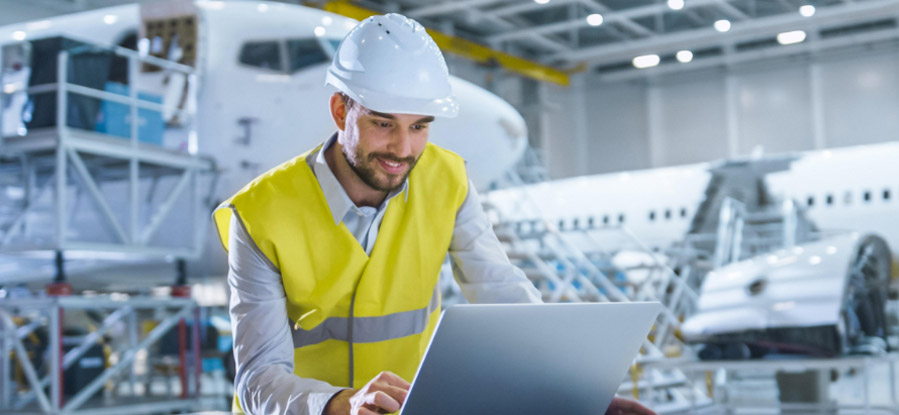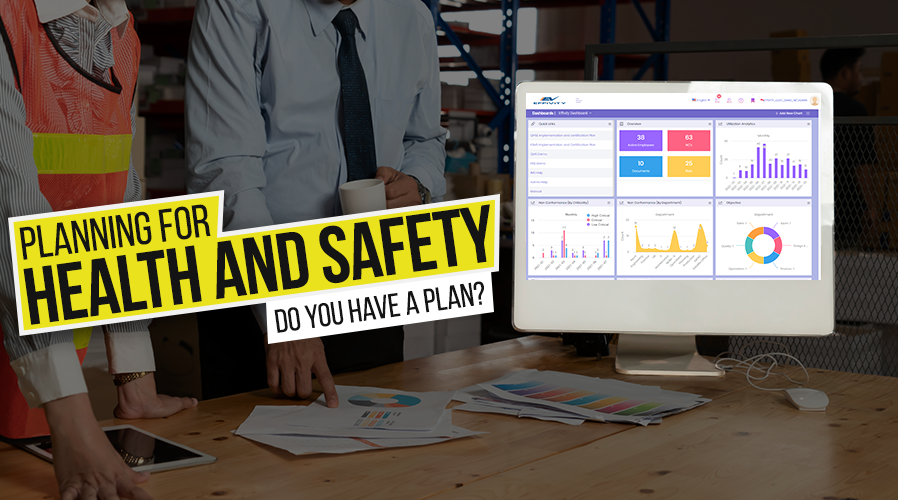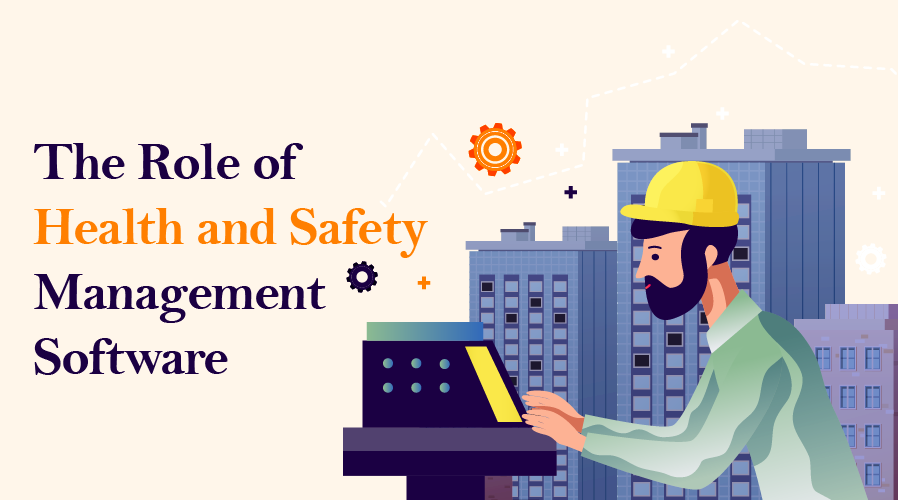
ISO 14001 does not have many requirements for monitoring and measuring equipment, but don’t make the mistake of underrating this important element.
ISO 14001 requires that calibrated or verified monitoring and measurement equipment be used to measure and monitor the important characteristics that can lead to a significant environmental impact.
As the requirements are so short, this article is aimed at sharing ideas on how to meet them.
What to monitor and measure
To determine what to measure and monitor we need to look at how to identify and classify environmental aspects. Once you know how your processes interact with the environment, you have to recognize the ones where the impacts could be significant. This is not something the standard specifies, so you need to use your own judgment.
If you for example have a hood that extracts chemical fumes and vents these outside, you should have identified that air emissions is one of your environmental aspects. Whether this is significant or not, depends on the process. If the fume hood is only used occasionally, and only for relatively harmless chemicals in small quantities, the impact is not significant. If the fume hood were used regularly for a harmful chemical, this air emission would be deemed significant and needs to be controlled.
How to control measurement and monitoring equipment
When investigating the need to control processes with aspects that are significant, it is easy to understand why you have to ensure your measurements are accurate. If you have significant air emissions, you may control it by including a filter to capture the harmful fumes, and measuring the percentage of harmful chemical in the air after it has passed through the filter, to make sure the filter is performing as intended. If you’re doing this to stop the significant aspect from becoming a toxic leak, you need to ensure your measurement instrument is working accurately. To do this, the instrument needs to be calibrated or verified.
Calibration is comparing measurements taken by an instrument under review to a known good measurement, or standard. When you calibrate an instrument, you compare its measurement with a measurement that is known to be good. If the instrument’s measurement is the same as that of the standard, then the instrument is considered to be in calibration. The instrument can then be used, but must be protected against adjustment, damage, or tampering to make sure that it stays correct until it next needs to be calibrated. If you use a system for calibrating other equipment that are not part of your EMS system, the equipment used for ISO 14001 measurement and monitoring may be controlled with that same system.
Some instruments vary so frequently that calibration is not practical. These instruments must be verified before every use. In respect of the chemical fume measurement used as an example, the instrument that is used may be checked with a gas containing a known concentration of the harmful chemical. If the instrument reads correctly, it may be used, but if not, it needs to be set before use. In this example, the sample of standard concentration must be calibrated regularly to make sure that it stays correct.
Required documentation
While it’s not required to document every procedure and process, any measurement and monitoring requirements need to be documented. You need to document information on how the measurement must be done, including the equipment that should be used and the expected values. Doing this ensures that the measurements are done consistently by different employees, preventing your environmental aspects that are significant from becoming environmental incidents.
Calibration and verification records are required to show that you have performed these activities, and these could become be valuable tools for investigating if a problem occurs.
Measuring and monitoring equipment records have been implemented by customers using MyEasyISO software for their ISO 9001 quality management systems (QMS) in Cape Town (South Africa), while ISO 14001 & OHSAS 18001 Health Safety Management Systems (HSE) is implemented in Istanbul (Turkey). MyEasyIso has a specific module designed to control and document monitoring and measuring equipment.











